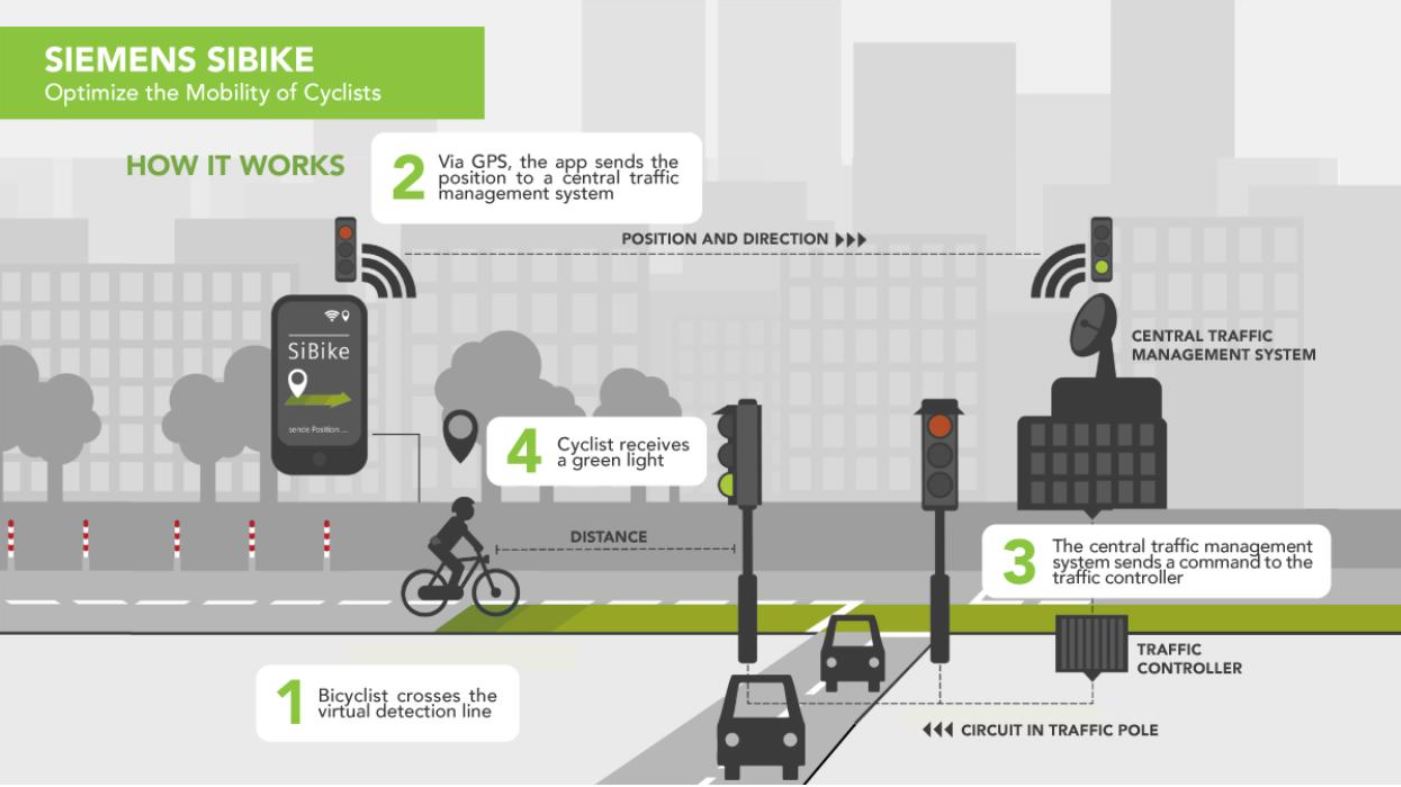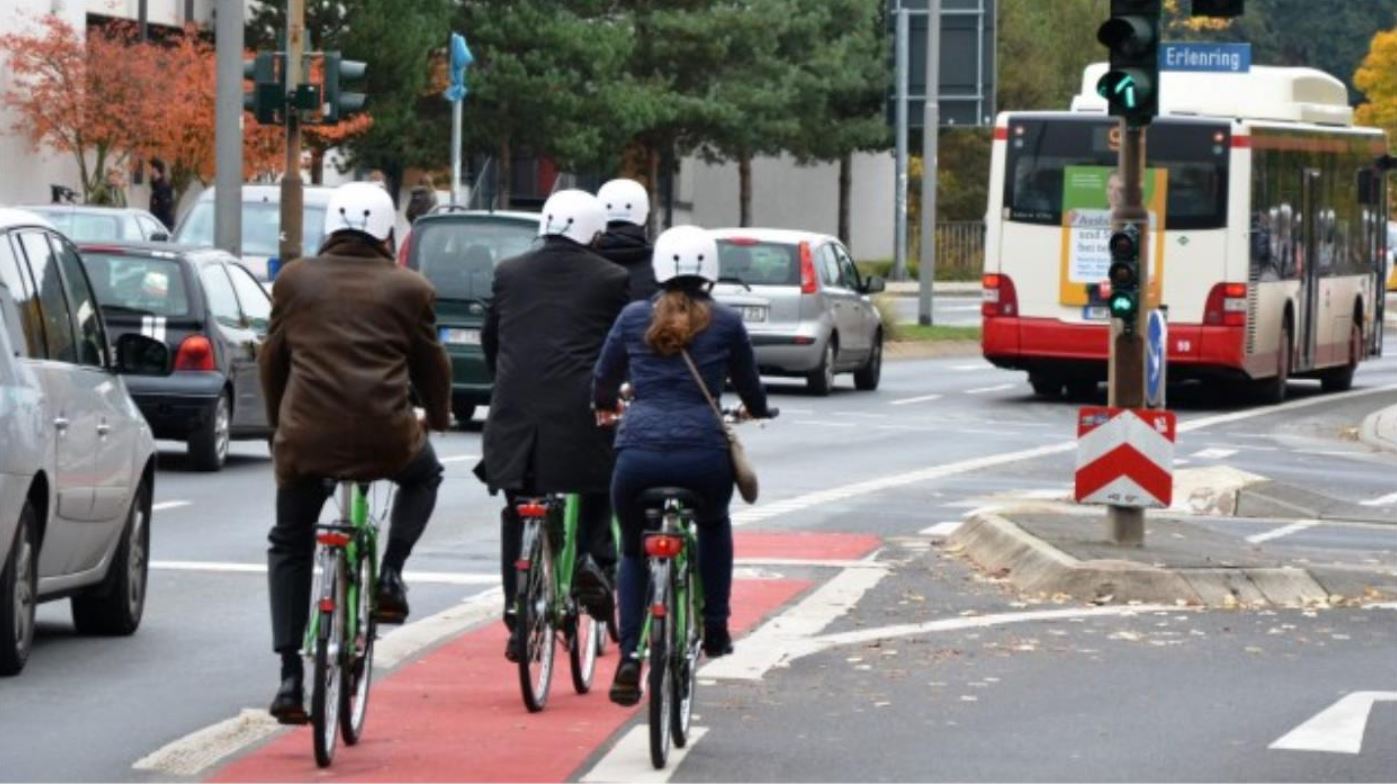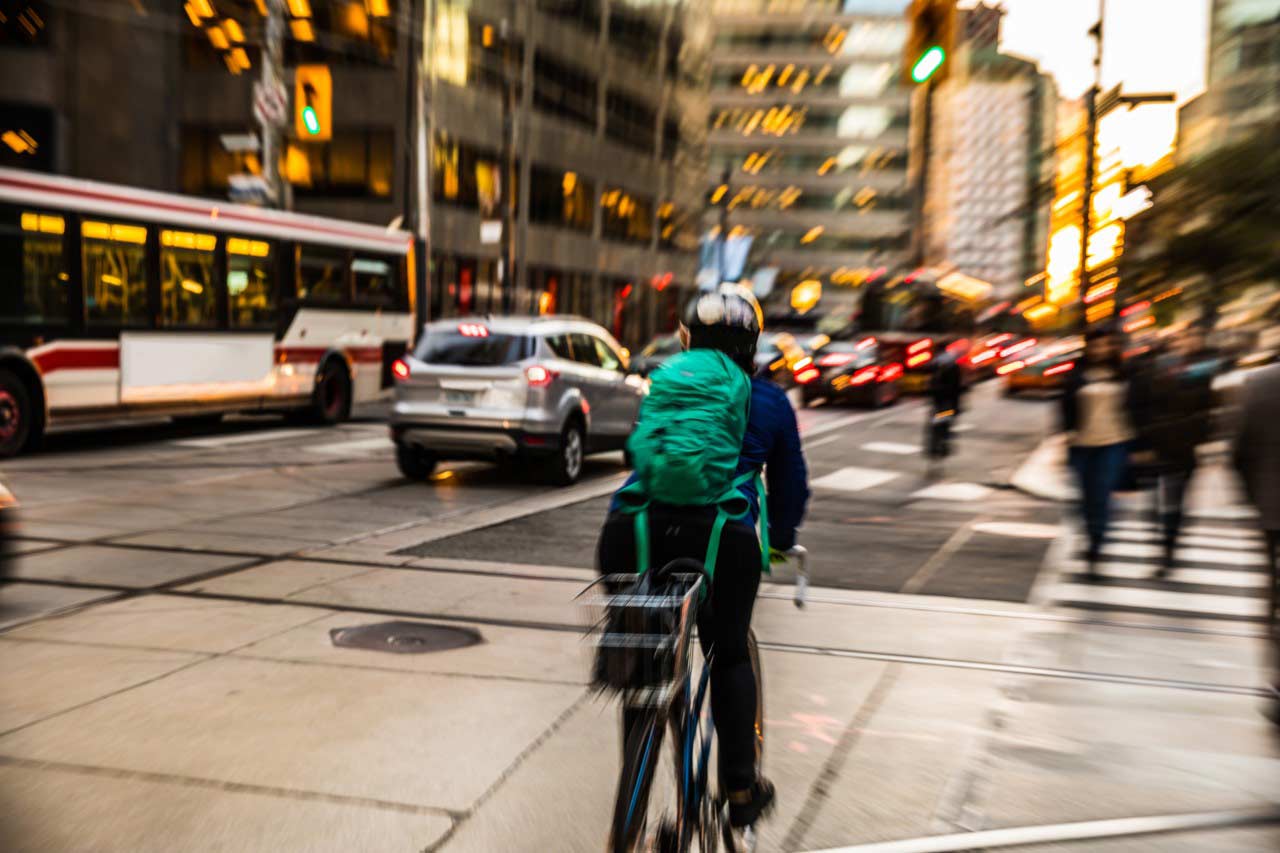Bicycle traffic is on the rise across the U.S, and especially along the west coast. Nationwide, the sale of bicycles was up 50% YoY in March, and businesses across the country are actually experiencing a shortage of bicycles.
The COVID-19 epidemic has left many people in search of safe recreation, exercise, and commuting options. Gyms are closed, and social distancing recommendations are keeping people outdoors and off of public transportation.
But as more vehicles return to the roads here in the U.S., the increase in bicycle traffic highlights traffic safety issues that many agencies need to resolve—and fast.
In a recent webinar, Jon Nagel, Territory Manager for Western Systems, detailed the Yunex Traffic SiBike solution for bicycle detection at actuated signals, including how it works, where it has already been deployed, and the benefits it offers over other cycle detection systems.
Engineering Safe Intersections with More Bicycles on the Road
The bicycle craze may be more than just a passing fad. Agencies across Europe are already considering ways to maintain enthusiasm for cycling, in order to sustain positive environmental trends. The UN has commissioned a task force to explore the possibilities of more bicycles in the post-COVID world.
More long-term cyclists on the road is great news for public and environmental health, but it does amplify safety challenges for traffic engineers and agencies.
Cycling fatalities in the U.S. have been climbing for about a decade—even as the COVID-19 epidemic made vehicle traffic disappear—and California is one of the deadliest states for cyclists.
There are a number of reasons why cycling continues to become more and more dangerous:
- Speed limits have risen across the country over the past 15 years, causing more deaths than would occur if collisions happened as slower speeds.
- More and more drivers are distracted by smartphones or other electronics. Many drivers assume their peripheral vision is enough to notice another vehicle on the road, but don’t consider smaller profile cyclists.
- Americans are buying more SUVs and trucks, rather than compact cars. These vehicles create a greater force of impact, and their larger footprints create more dangerous intersections.
Traffic engineers can’t enforce distracted driving laws or influence the popularity of certain types of vehicles, but we can improve bicycle detection solutions.
Benefits of Yunex Traffic SiBike for Bicycle Detection
The Yunex Traffic SiBike is a new approach to bicycle detection at actuated signals that improves safety, deploys quickly, and maximizes your budget. The virtual environment also allows both users and agencies to collect a wealth of relevant data.
SiBike benefits include:
- Improved cyclist route efficiency. Drivers in many agencies have come to appreciate—and even expect—that dynamic “green wave” that comes from timing signals with speed limits. The SiBike system extends that efficiency to cyclists.
- Efficient deployment. The SiBike system exists entirely in a virtual environment, requiring absolutely no road construction or hardware installation of any kind. Once the digital setup is complete, it’s ready for cyclists to start using.
- Cost savings. Because the system uses existing hardware and requires no physical installation, it’s launched at tremendous cost savings over other bicycle detection options.
- Additional traffic data. Both the agency and the user have access to data that is collected as cyclists use the system. That data can help the individual plan his most efficient route, but it can also provide new, valuable insights for agencies and traffic engineers—including average wait time for signals, the amount of biking happening in your city, and cyclist route preferences.
- Reliable results. Because the SiBike system runs in a digital environment, mechanical failure or shortcomings never compromise the safety of cyclists. Loop systems, for example, can’t always tell if a vehicle or a bicycle is over the loop. Additionally, many newer racing bikes don’t contain enough metal to break the magnetic field. This is especially dangerous, because the rider thinks he/she has been detected, when they may not have been.
- Exceptional cyclist safety. The SiBike system improves cyclist safety—even over other detection options—because it includes a confirmation to the rider that they has been detected. Many times, cyclists continue through an intersection because they believe they have been detected or seen by motorists, when they have not.
All of these SiBike benefits amount to a faster, easier way to start improving the safety of cyclists and demonstrate a commitment to cyclist groups and communities in your area.
How the SiBike System Works to Improve Cyclist Safety
The Yunex Traffic SiBike system relies on geolocation technology and existing traffic light controllers.
There are few prerequisites:
- A. Polygons are drawn on a Google map to indicate which intersections are active and where the virtual detection zones for approaching cyclists are located.
- B. Riders download the free SiBike app on their smartphones and grant necessary permissions. The app runs in the background, so it does not need to be opened or activated by the rider in order to work.
- C. Remote communication to the controller allows the SiBike app to relay information.
During a ride:
- The rider triggers activation automatically when they cross a trigger point, approaching an intersection.
- The app sends position data to the traffic management center.
- The traffic center sends a command to the signal controller at the triggered intersection to either change the light to green or extend the green light, as the rider approaches.
- The cyclist gets a green light and confirmation, on approach, that they have been detected—as a visual alert and a vibration from the app—so the rider knows it is safe to continue through the intersection.

The major barrier is cyclist awareness of the app. The app itself is free, and–once it is installed on a smartphone—is automatically triggered by speed and motion unique to a person on a bicycle. Since the app runs in the background, it doesn’t need to be activated by the cyclist in order to initiate detection. Agencies just need to raise awareness and encourage downloads.

SiBike Detection System Deployments: Germany and California
The SiBike system has been deployed in Marburg, Germany, and Fremont, California.
The installation in Marburg has already demonstrated that the green wave for cyclists reduces the number of stops and shortens their average travel time. And it does so without significantly increasing travel times for either private vehicles or public transportation.

The SiBike system in Marburg, Germany
Fremont, California, boasts a vibrant bicycle community already, and the agency had been considering how to improve bicycle detection at intersections. The logistics and funding required for traditional systems, however, meant they would only be able to equip two or three intersections each year. That wasn’t enough.
After learning about the SiBike system, the agency set up a test case on 17 intersections—mainly along major arteries. They launched a PR campaign to promote the app, and worked with local cycling groups and marathon events to encourage riders to download it.
Fremont is already planning to expand the system to 54 interchanges.
Smarter Bicycle Detection
The Yunex Traffic SiBike system is an efficient, effective solution for improving cyclist safety, encouraging green transportation and healthy lifestyles, and maximizing your budget. The system is more reliable than traditional options, and faster and easier to deploy.
If you have any questions, or are interested in getting more information, our technical and territory experts are always available to you. Contact us today, and a local expert will be in touch soon to get you whatever details you need.

